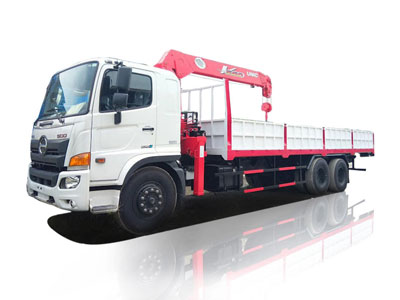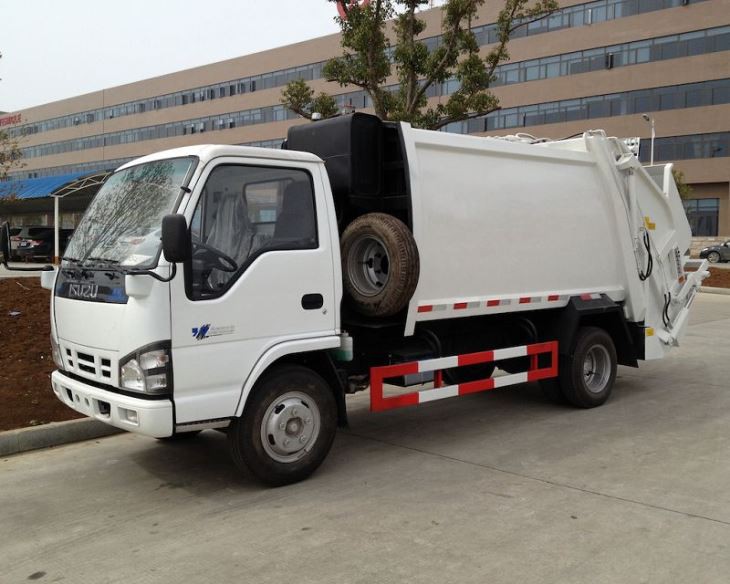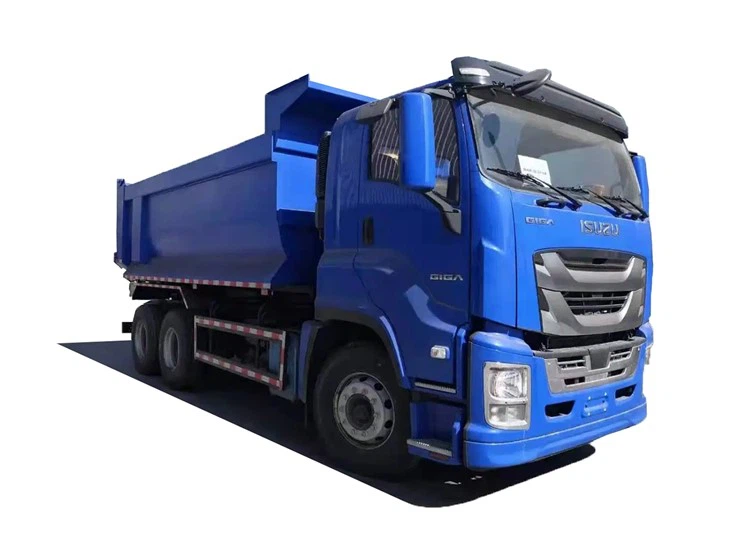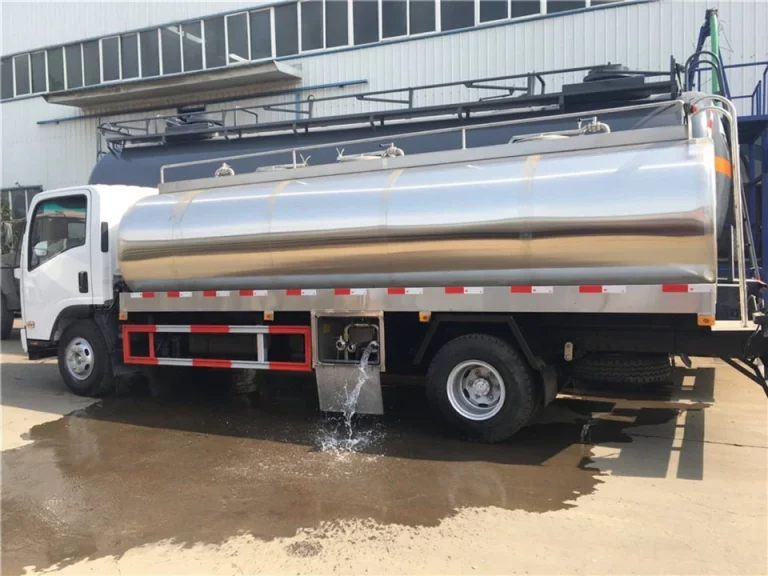Introduction
In today’s world of waste management and heavy-duty operations, apex grapple trucks have emerged as a pivotal solution for various industries. These specialized vehicles are equipped with hydraulic grapples that allow them to efficiently lift, transport, and dispose of materials ranging from construction debris to yard waste. As cities strive to enhance their waste collection methods and businesses look for ways to streamline operations, understanding the functionalities, benefits, and applications of apex grapple trucks becomes essential. This article delves into the core aspects of apex grapple trucks, providing insights into their design, operation, benefits, and much more.
What are Apex Grapple Trucks?
Apex grapple trucks are specialized vehicles designed to handle and transport bulky materials. They are particularly valued in the waste management industry due to their versatility and efficiency in load handling. These trucks feature a robotic arm fitted with a hydraulic grapple that can open and close, enabling the operator to grasp large items easily. This functionality makes them ideal for various applications, including construction site cleanups, tree removal, and general waste collection.
Key Components of Apex Grapple Trucks
Understanding the key components of apex grapple trucks helps in comprehending their operational efficiency. Here are the fundamental parts:
- Chassis: The core structure of the truck, usually built on a heavy-duty truck chassis to bear the load.
- Hydraulic System: Powers the grapple and elevates or lowers it as needed.
- Grapple Arm: A mechanical arm designed to pick up and hold heavy and bulky materials.
- Dump Bed: A hydraulic dumping mechanism that allows for easy unloading of materials.
- Control System: An operator’s tool to maneuver the grapple arm and truck functions effectively.
Benefits of Using Apex Grapple Trucks
1. Enhanced Efficiency
Apex grapple trucks can significantly speed up the waste collection and transportation process. Unlike traditional methods, where loaders or cranes might be used, grapple trucks can do the job in one swift movement.
2. Versatility of Usage
These trucks are not limited to collecting only one type of waste. From concrete and metal to yard waste, the grapple’s adaptability makes it suitable for various materials, providing businesses with a one-stop solution.
3. Lower Labor Costs
By automating the lifting and dumping process, apex grapple trucks reduce the need for manual labor, ultimately leading to lower operational costs and enhanced safety for workers.
4. Improved Safety
With fewer manual operations involved, the likelihood of workplace accidents is decreased. The driver controls the grapple from within the truck, reducing exposure to hazardous environments.
Applications of Apex Grapple Trucks
1. Waste Management
In the waste management sector, apex grapple trucks are extensively used for efficient collection and transportation of waste materials. Their ability to handle various waste types ensures effective recycling and disposal processes.
2. Construction Debris Removal
During construction or demolition projects, substantial debris is generated. Apex grapple trucks can quickly load these materials and transport them to landfills or recycling facilities, ensuring job sites remain safe and tidy.
3. Landscaping and Tree Removal
Landscapers and tree removal services utilize apex grapple trucks to handle bulky tree limbs, bushes, and other landscaping debris, streamlining their operations.
4. Disaster Recovery
In the aftermath of natural disasters, grapple trucks play a crucial role in debris removal. Their capabilities allow for rapid clearance of damaged materials, facilitating recovery efforts.
Operational Tips for Grapple Truck Users
1. Regular Maintenance
To keep an apex grapple truck in optimal condition, regular maintenance is crucial. Routine checks on the hydraulic system, grapple arm, and vehicle engines can prevent breakdowns and costly repairs.
2. Training for Operators
Proper training for operators is essential to ensure safety and efficiency in operations. Investment in training programs can enhance the skills of drivers and lead to better equipment utilization.
3. Load Management
Understanding the truck’s load capacity is vital. Overloading can lead to mechanical issues and decrease safety during operations. Operators should ensure that loads are evenly spread for better balance.
4. Safety Gear
Operators should always wear appropriate safety gear while operating grapple trucks. This includes helmets, gloves, and reflective vests to maintain visibility in busy environments.
Cost Analysis of Apex Grapple Trucks
1. Initial Investment
The cost of apex grapple trucks can vary widely based on brand, size, and features. On average, a new grapple truck can range from $100,000 to $250,000. A detailed understanding of budgets is necessary before making an investment.
2. Operational Costs
Operational costs include fuel, maintenance, insurance, and labor. Grapple trucks tend to have higher fuel consumption rates than standard trucks. However, the labor savings can offset this to some degree.
| Cost Factors | Estimated Costs |
|---|---|
| Initial Investment | $100,000 – $250,000 |
| Fuel Costs/Month | $1,000 – $2,000 |
| Maintenance Costs/Year | $5,000 – $15,000 |
| Insurance Costs/Year | $2,000 – $5,000 |
| Labor Savings | $30,000 – $50,000 |
Choosing the Right Apex Grapple Truck
1. Analyze Your Requirements
Before purchasing, assess your operational needs. Consider what materials you will be handling, the frequency of use, and the size of the loads to determine the appropriate grapple truck specifications.
2. Research Different Brands
Explore various brands that manufacture apex grapple trucks. Assess their reputation within the industry, and read reviews from other users to ensure reliability and performance.
3. Check Warranty and Aftercare Services
Ensure that the manufacturer provides adequate warranty coverage and aftercare services. This aspect can significantly affect the operational lifespan and overall satisfaction with the vehicle.
4. Consider Leasing Options
If the initial investment is a concern, many companies offer lease options for grapple trucks. Leasing can provide flexibility in your operations without the hefty upfront costs associated with purchasing.
Conclusion
Apex grapple trucks are transforming the way waste management and heavy-duty transportation are approached across various sectors. Their ability to improve efficiency, safety, and operational costs makes them a valuable asset. By understanding their features, applications, and best practices, operators can harness the full potential of apex grapple trucks to optimize their operations. Investing in the right vehicle, combined with training and maintenance, can significantly enhance productivity and performance.
Frequently Asked Questions (FAQs)
1. What types of materials can apex grapple trucks handle?
Apex grapple trucks can handle a wide variety of materials, including construction debris, scrap metal, yard waste, and bulky items like furniture and appliances.
2. How much do apex grapple trucks cost to operate?
Operational costs vary based on several factors, but on average, you can expect expenses for fuel, maintenance, insurance, and labor to range from $30,000 to $70,000 annually.
3. Where can I buy or lease an apex grapple truck?
Apex grapple trucks can be purchased or leased through specialized equipment dealers, heavy machinery rental companies, or directly from manufacturers.
4. Are there training programs for operating grapple trucks?
Yes, many equipment dealers and manufacturers offer training programs to ensure that operators are well-versed in the safe and effective use of grapple trucks.
5. What is the typical lifespan of an apex grapple truck?
With proper maintenance, an apex grapple truck can last anywhere between 10 to 15 years, depending on usage and application conditions.
6. Can apex grapple trucks be customized for specific tasks?
Yes, many manufacturers offer customization options for grapple trucks, allowing businesses to modify features such as grapple size, arm length, and additional attachments to better suit specific operational needs.



